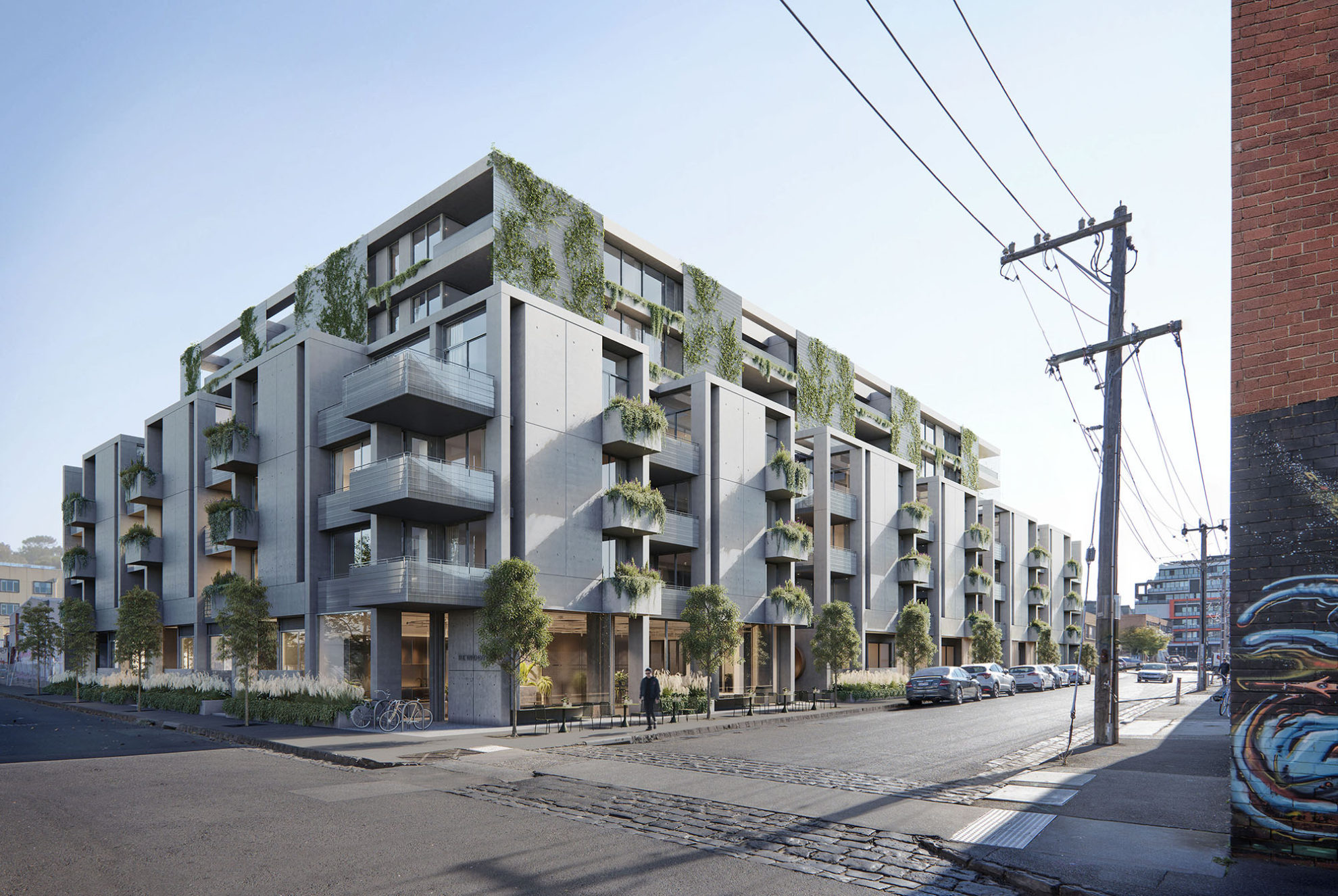
Australia is experiencing a major housing crisis. There’s no two ways about it. Yet a crucial opportunity to reset the country’s housing model stands right in front of us. And on a global scale, particularly in Europe, it’s proven to be a positive and enduring option for a wide variety of people.
The answer, discusses Associate Director Richard Beel, is increased medium to higher-density housing within established suburbs, with his multi-residential project Brunswick Yard standing as a built example of this proactive approach.
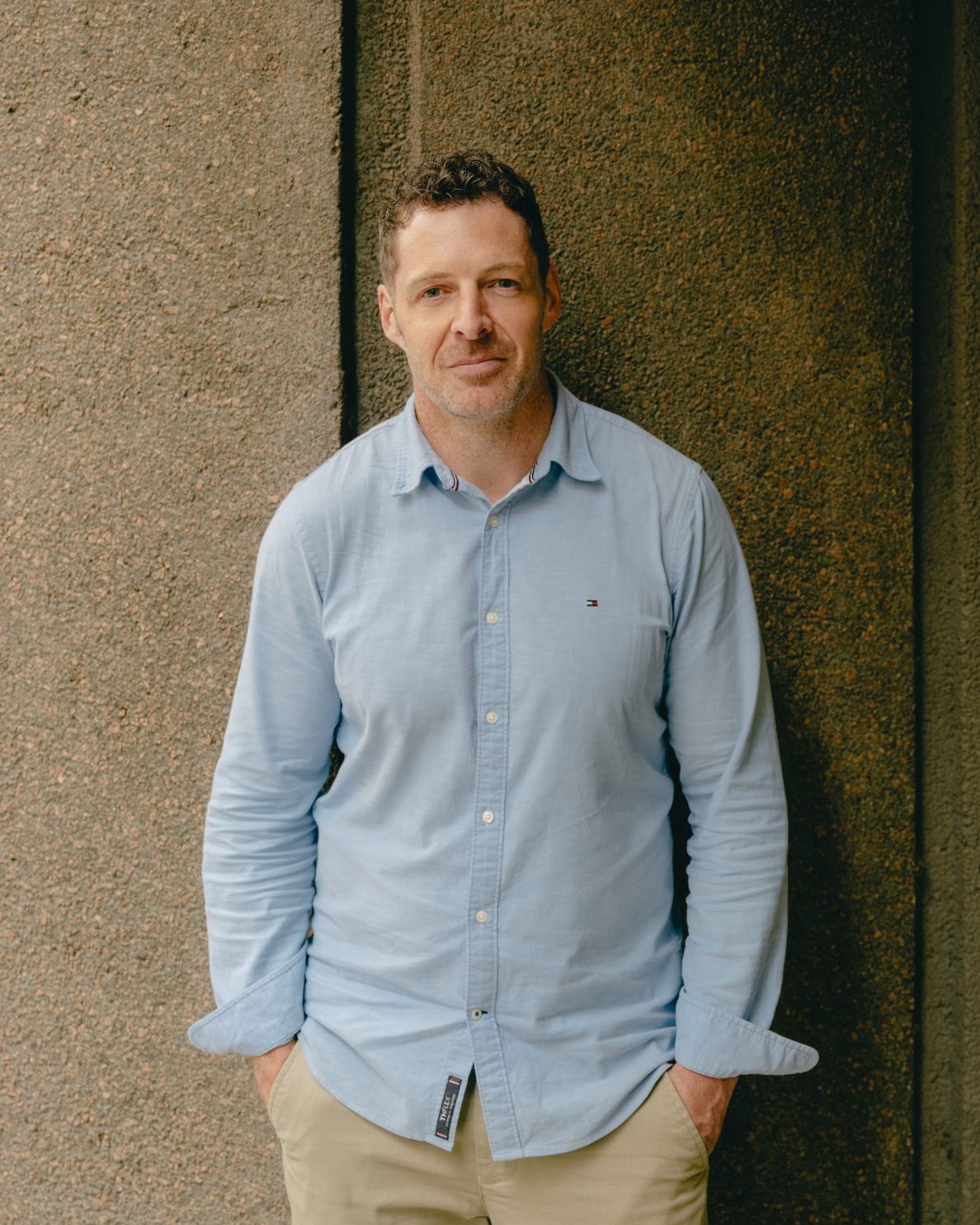
As project lead for Brunswick Yard, Richard is committed to designing apartments that resonate with the user, and like the practice, believes quality design shouldn’t be limited to a select few. Today, he advocates a viable solution to the complicated and generational problem.
How did we get here and how do we get out?
“Multiple factors have contributed to the situation we are now facing,” says Richard on the housing crisis. “A rapidly growing population, limited land availability due to urban spread, escalating construction costs, and rising interest rates are compounded by the under occupation of existing homes for short-term stay agreements.” The increasing preference for urban living in inner-city suburbs, with better public transport options and employment opportunities, has also exacerbated conditions.
“At a state level, several factors could address these issues,” he says. “Optimising urban density and reforming the planning process to speed up approvals for medium to higher density applications would be a good starting point.” As holding costs are impacted by interest rates, the longer the application, the greater the cost and risk to a developer, which as Richard describes, “forces alternative development opportunities into the outer suburbs.”
But as Infrastructure Victoria recently reported, increased development to fringe suburbs costs four times as much as adding it to infill. Furthermore, locating large populations further away from employment opportunities and services is counterintuitive to sustainable urban planning principles.
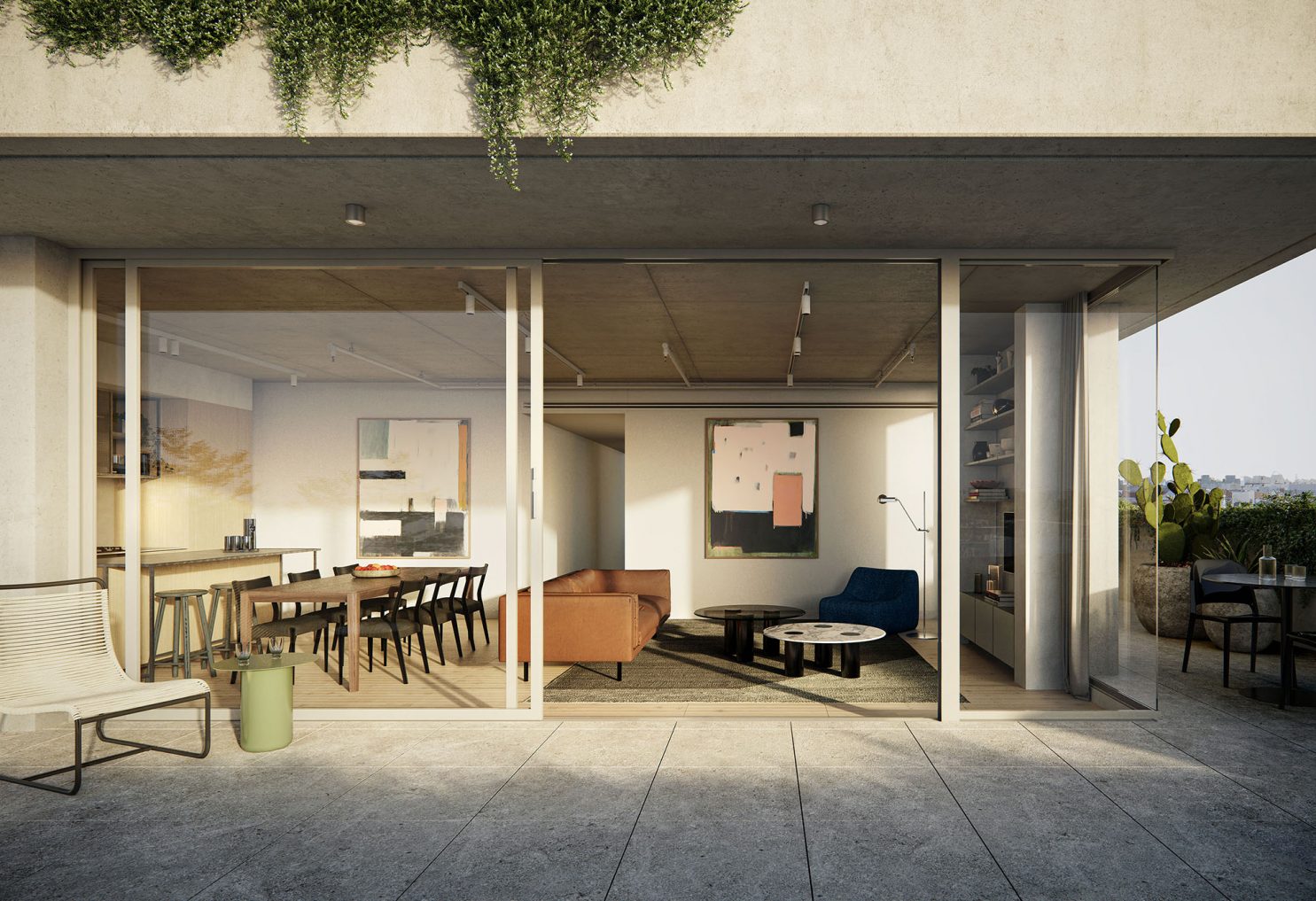
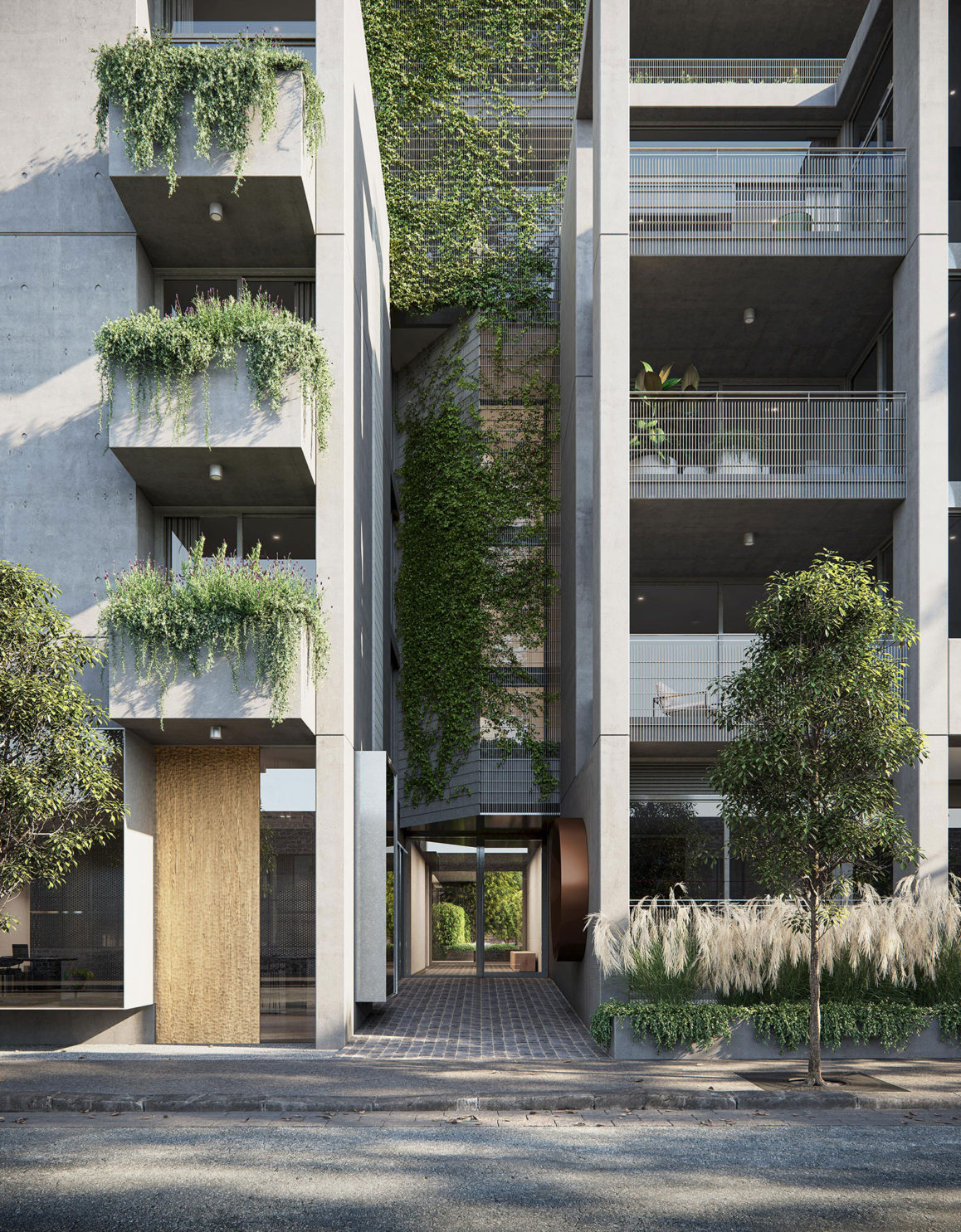
When done right
With a career spanning almost 20 years, Richard has witnessed various degrees of pressure on the housing market. Yet the current crisis is “particularly challenging” with Melbourne’s rapid population growth testing evolving lifestyle preferences. Unlike other developed nations, Australia has long maintained that home ownership is the dominant option, financially and culturally, for secure and affordable housing. But the dream of a white picket fence family home with a backyard – synonymous with wealth and stability – is out of reach for many buyers. With that said, it’s time to view density as an opportunity.
“Many individuals struggle to view density as an opportunity due to misconceptions about high-density living,” says Richard. “However, when done right, density can provide numerous benefits, such as improved access to amenities, reduced commute times, and a smaller environmental footprint. Copenhagen is a city that shows density doesn’t mean a compromise on lifestyle. Its dominant built form is moderate mid-rise, mostly four or six-story buildings. There are next to no high-rise buildings and even with a population density much higher than greater Melbourne, you don’t feel overcrowded.”
To shift this perception, Richard suggests education and greater community engagement need to be factored into decision-making. It is essential to highlight successful high-density developments such as Brunswick Yard, showcasing their livability, accessibility, and positive impact on the local area.
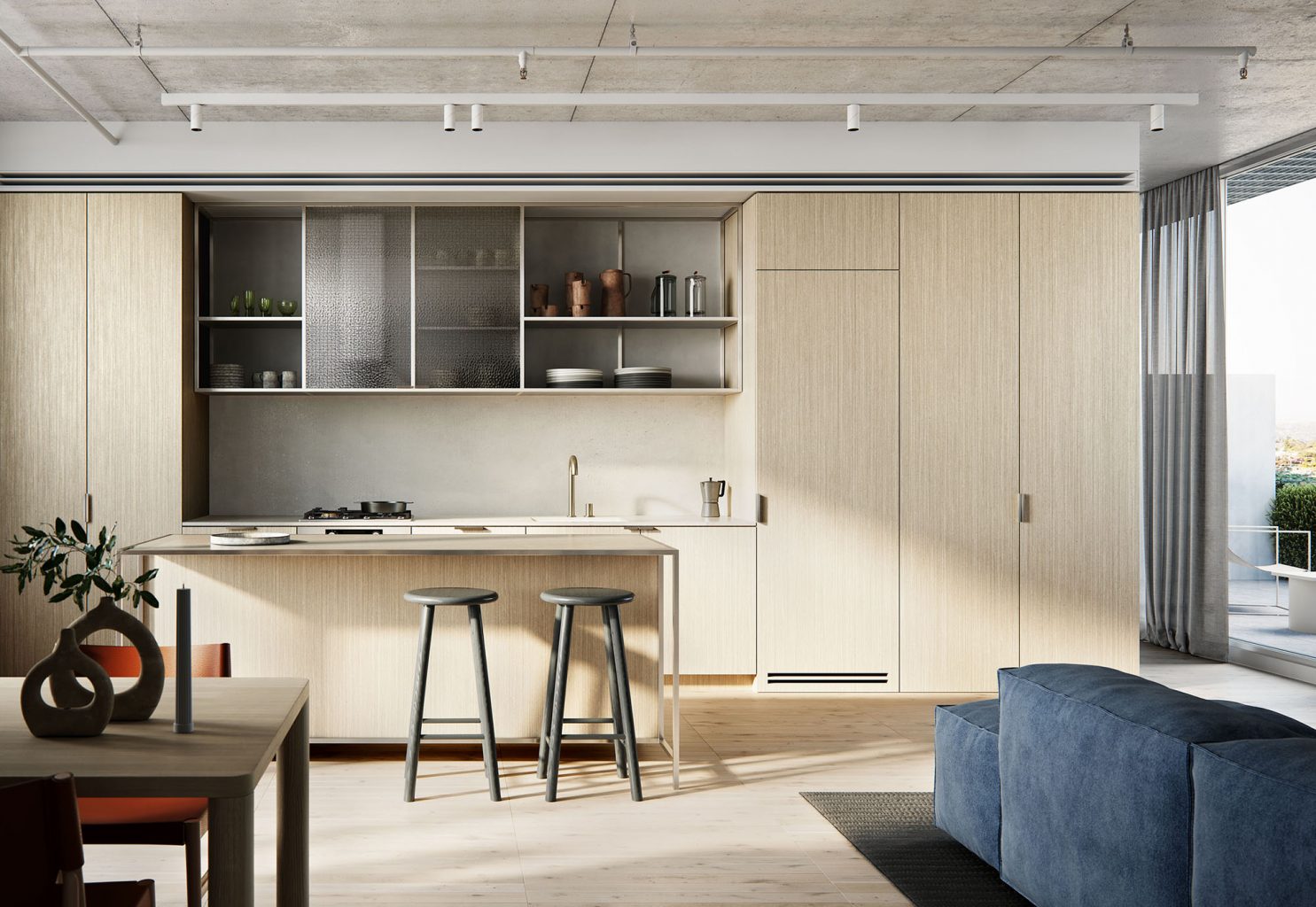
Hurdles
Numerous hurdles can slow down medium and high-density developments, including regulatory challenges such as the planning process in Victoria, community opposition, and financial constraints. Overcoming these obstacles requires collaboration between developers, government entities, and the community to create balanced solutions that address housing needs while respecting the character of established neighbourhoods.
As Richard concludes, “Projects like Brunswick Yard exemplify our design principles, showcasing our commitment to livability, thoughtful planning, and community integration. By prioritising sustainability, accessibility, and innovative design, we create spaces that enhance the quality of life for residents while contributing positively to the built environment.”
Connect with Richard to explore high to medium-density housing options for your next major development.









































































































































































































































